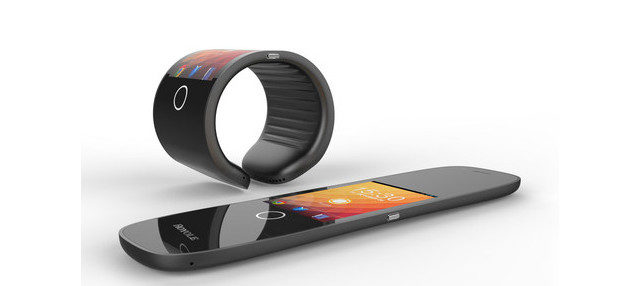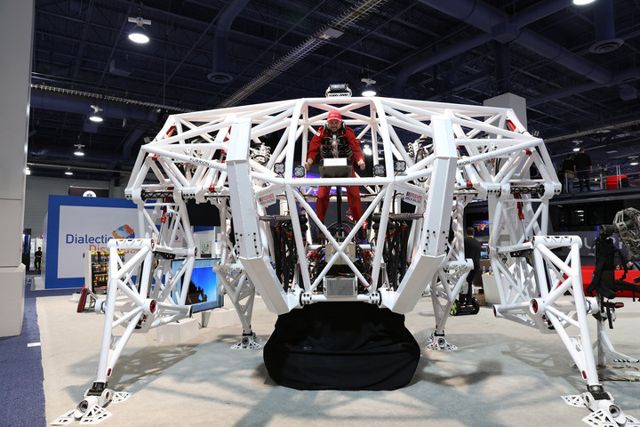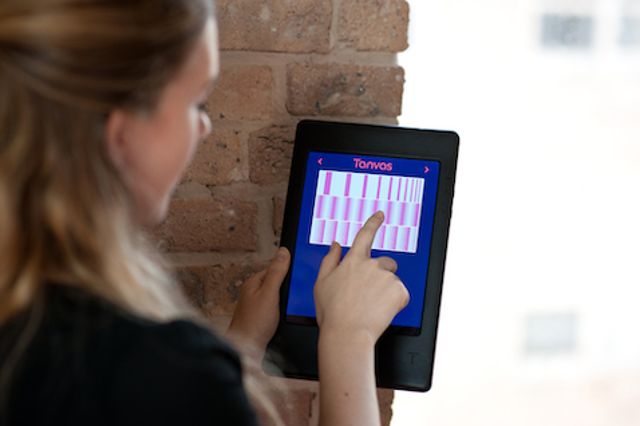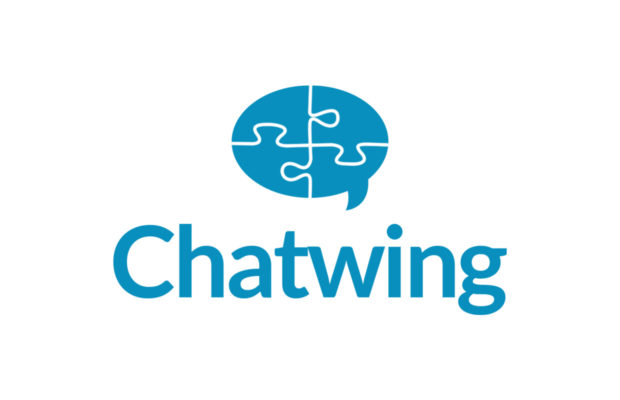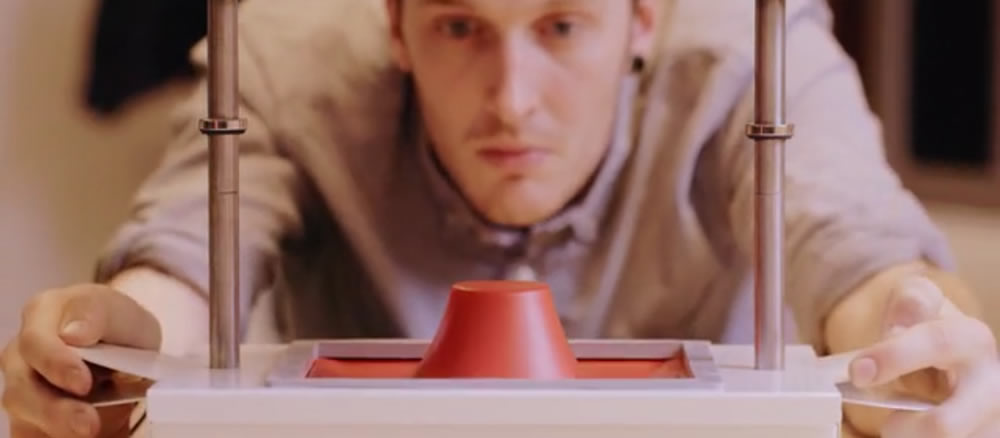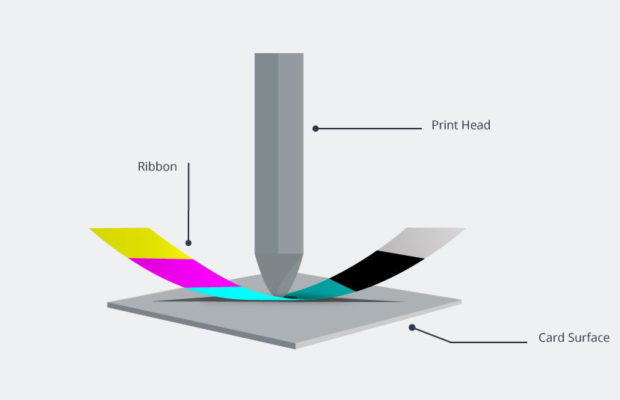
4 Tips To Help You Decide Whether To Opt For Direct To Card Or Retransfer ID Card Printers
Two technologies play a major role in the world of ID security card printers and ID card printers – Direct to Card and Retransfer Printers. How is one different from the other? Be set at one better than the other? In this post, I have explained both of them to allow you to choose according to your requirements.
Technologies By Which They Print
Direct To Card Printers:
Popularly known as “dye sublimation printers”, these printers are the most common that uses cards and ink ribbons to print. The print head used in it incorporates small pixels of glass that prints directly on the cards by applying the ink onto the cards.
In this type of printing process, you will find a small white border around the corners as print head can’t go over the card’s’ edges. Direct-to-card printers have the lowest cost per card and give you faster print speed. These machines are manufactured in specially to print onto frequent adhesive-backed and PVC cards.
Retranslate Printers:
Known by names like “over-the-edge”, “reverse transfer”, or “high-definition printer”, these printers print the scene Specifically designed to print on cards with irregular surfaces and technology and non-technology cards.
Retranslate printers use film and ink ribbon to print the cards. At the point, when the cards go into the printer, no contact occurs between print head and the cards. Rather, the ink gets imprinted onto the backside of a wholesome film, and that film is then laid and warmed onto the cards. This enables the ink to be imprinted on the unbroken surface of the cards, generally called “full drain.”
They are slower than Direct-to-card printers and will have a marginally higher cost for every printed card because of the way they utilize its separate components. This kind of printing will offer you the best picture quality and, in addition, more strong cards than the direct-to-card printers.
Benefits Of Each Printer
Direct To Card Printers:
Decreases the front cost.
Low cost of the ribbon.
Produces more output per hour.
Retranslate Printers:
Better quality of the printed images.
Can print entire bleed onto the corners of the cards.
More protected images.
Less risk of ribbon breakage.
The Similarities
Both print forms include utilization of a full-card picture, by means of lively print-strips to the card surface. Re-transfer printer just incorporates an extra step because of the utilization of re transfer film.
Both aim to make tough cards, but all cards are liable to wear. To increase the lifespan of your cards, utilize composite cards, add an overlay module to the printer, or were completed cards inside defensive identification holders.
Which One To Go With
The appropriate response is located in the application!
Choose a DTC printer if you need to bring down the expenses, if you care less about the quality of the pictures, and if you don’t use your card to swipe through a magnetic strip.
Choose a Retransfer Printer if you need great card pictures, if you are utilizing a higher cost prox or shrewd card with any volumes more than 500 prox IDs printed every year, and if you need a more quality picture, and less wear and tear on the card.
Final Words
Settling on either of the printers truly descends to your usage. The re transfer printer allows you to augment your card’s surface, and is popularly known to deliver a superior, quality picture. The direct-to-card printer pull out the requirement for re transfer film and applies your outline specifically to the card, wiping out a stage. At last, re transfer printers and their provisions by and large cost more than coordinate to-card printers and their related supplies, so your spending will assume a part in choosing which is ideal for your association.
